Commercial Roofing Contractors SE England are essential for protecting your property’s value and safety—preventing leaks, damp, and energy waste. Serving London, Kent, Surrey, West Sussex, and Berkshire, we deliver solutions with a focus on compliance, durability, and meticulous care, ensuring every roof meets the highest standards.
With decades of experience, Which Trusted Trader and CITB accreditation, and materials from premium suppliers like Welsh Slate, ALM Lead, and Kemper, we guarantee trusted service and robust results across all project types.
Book a free survey today and protect your property.

Neglecting roof problems causes more than leaks—damp, energy loss, and structural decline quickly escalate the risks and costs for any property owner.

Professional Commercial Roofing Contractors SE England prevent these risks by improving weatherproofing, energy efficiency, and compliance. Homeowners gain peace of mind, landlords preserve investment value, and businesses maintain safe, efficient buildings. Proactive care delivers secure returns across every context.
Our Commercial Roofing Contractors SE England services include installations, repairs, upgrades, and restoration for homes, businesses, and heritage sites. We prioritise longevity, Building Regulation compliance, and high-quality materials from trusted suppliers—tailoring each solution for your property to ensure safety, durability, and care.
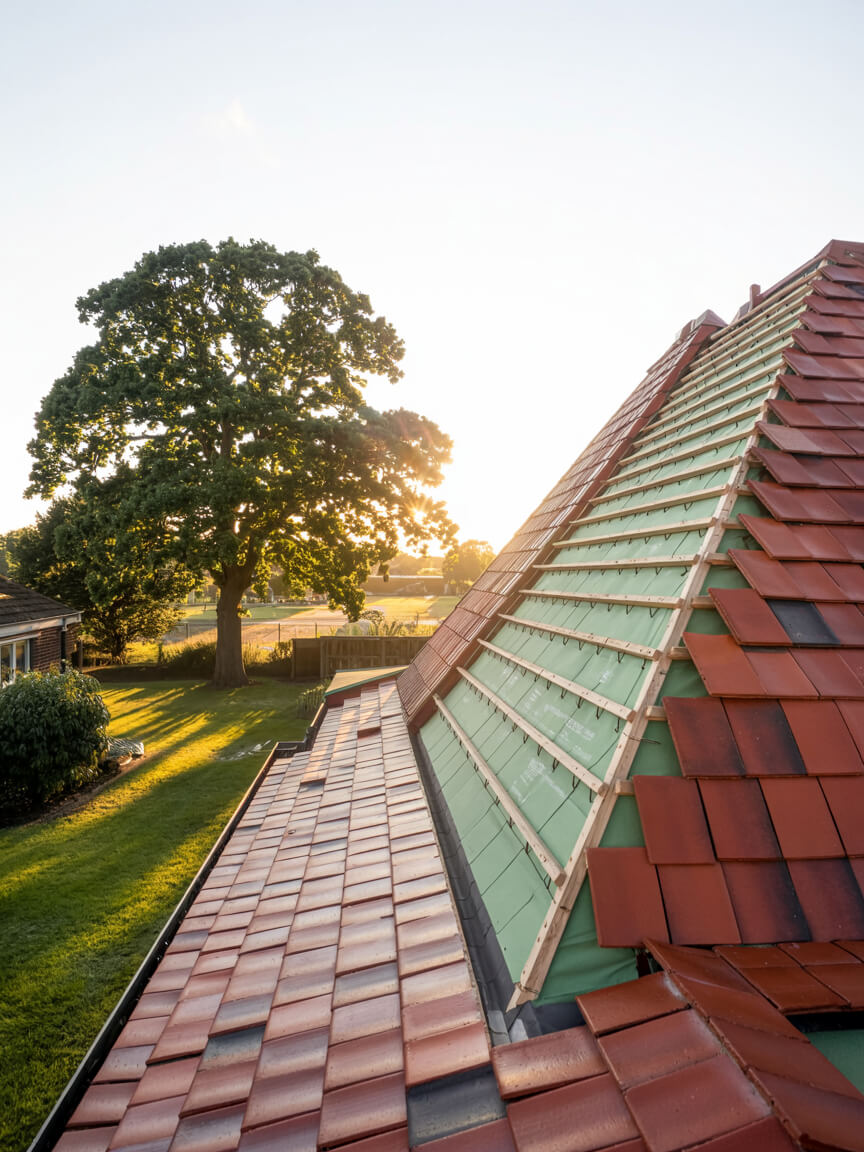
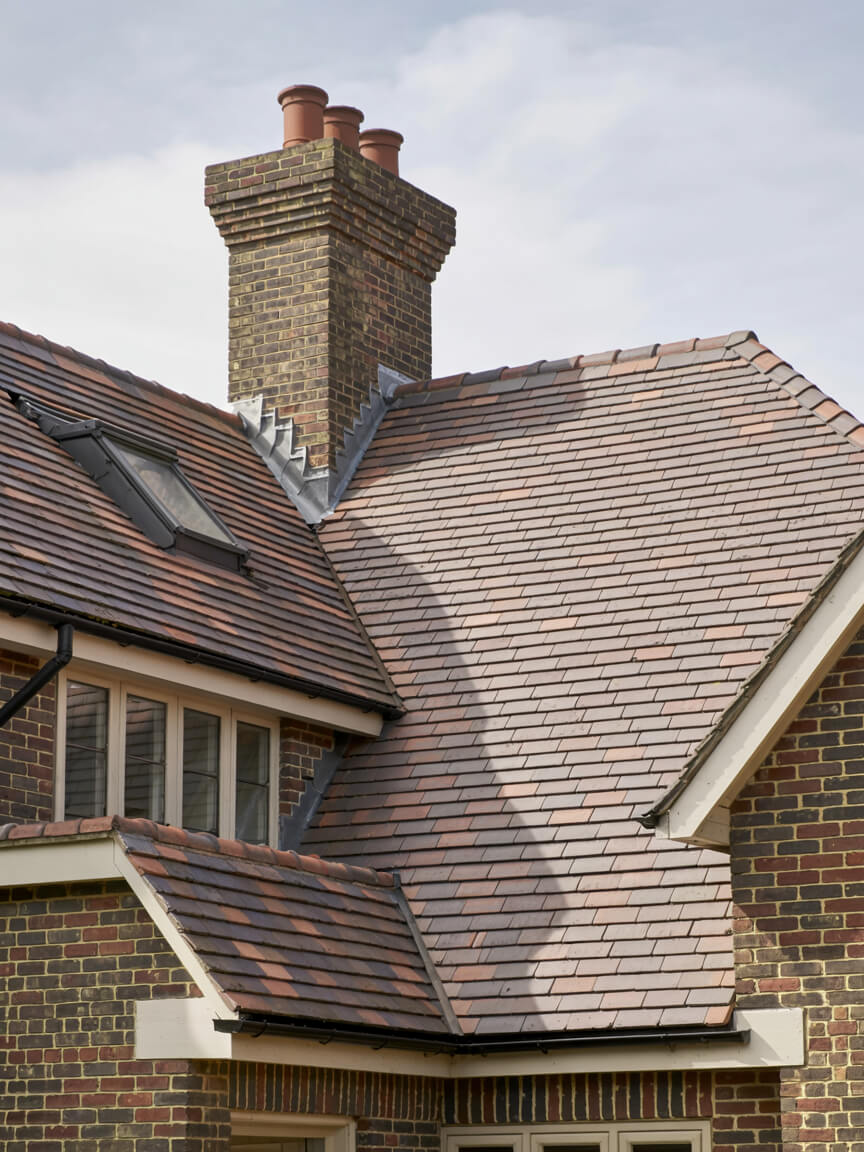
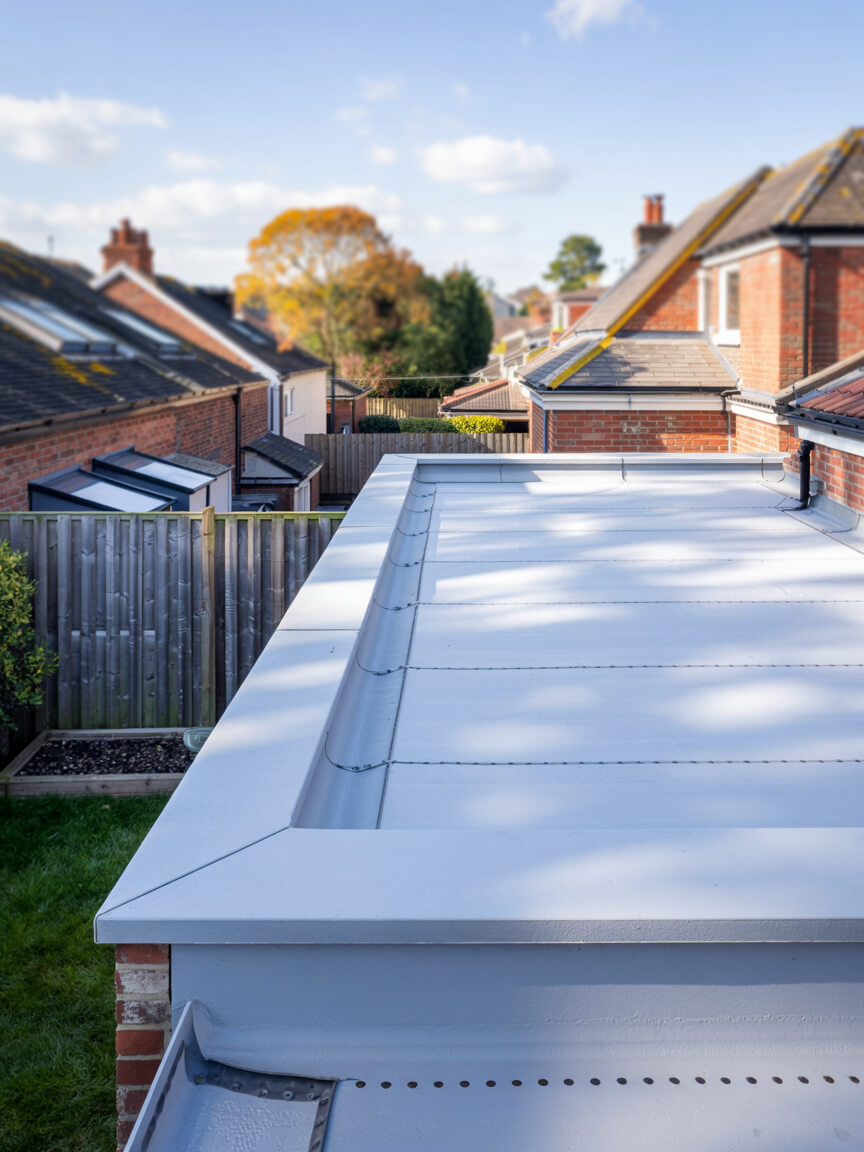
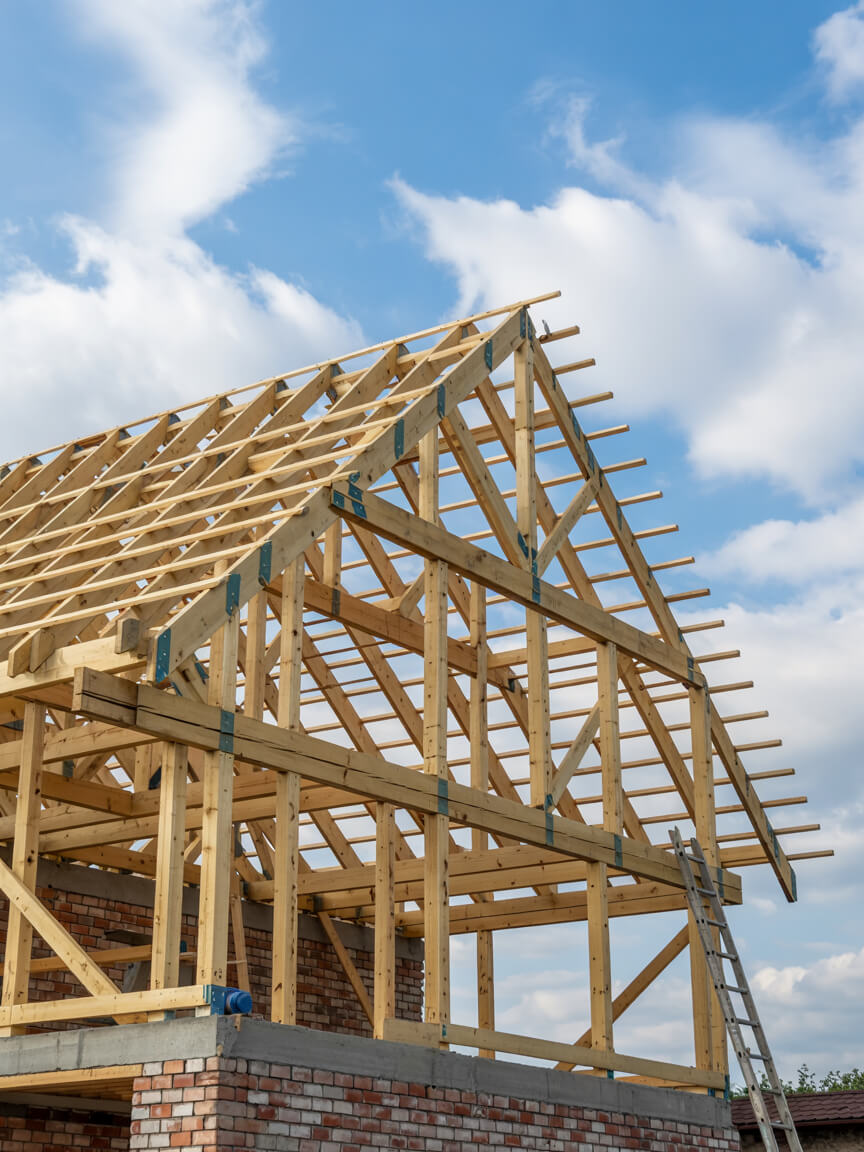
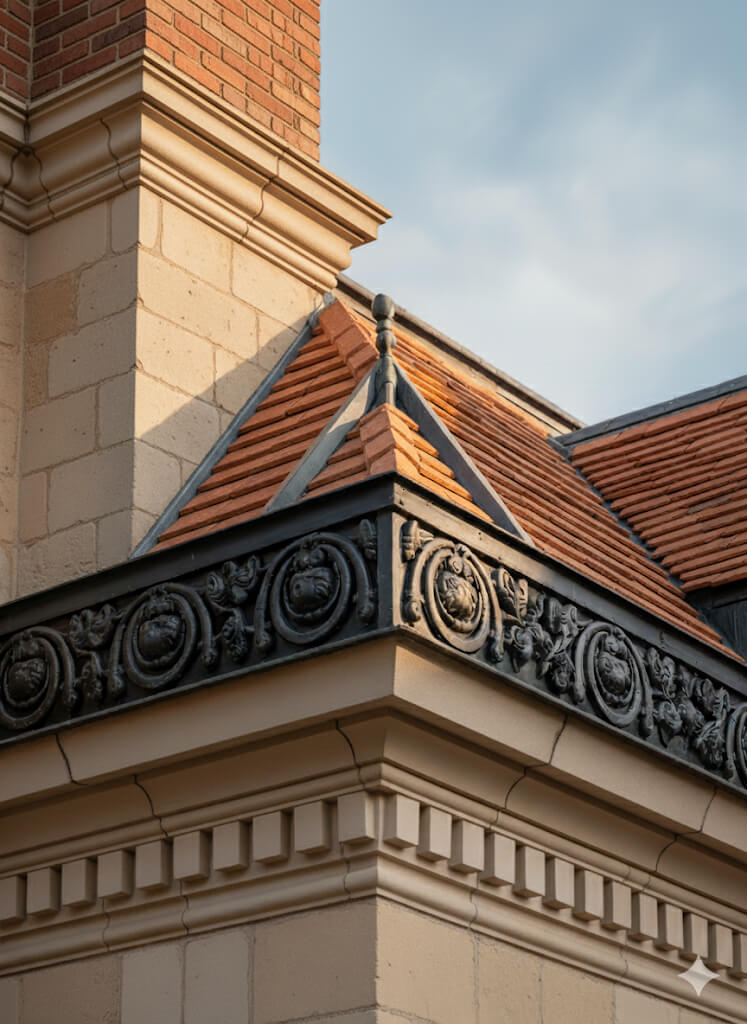
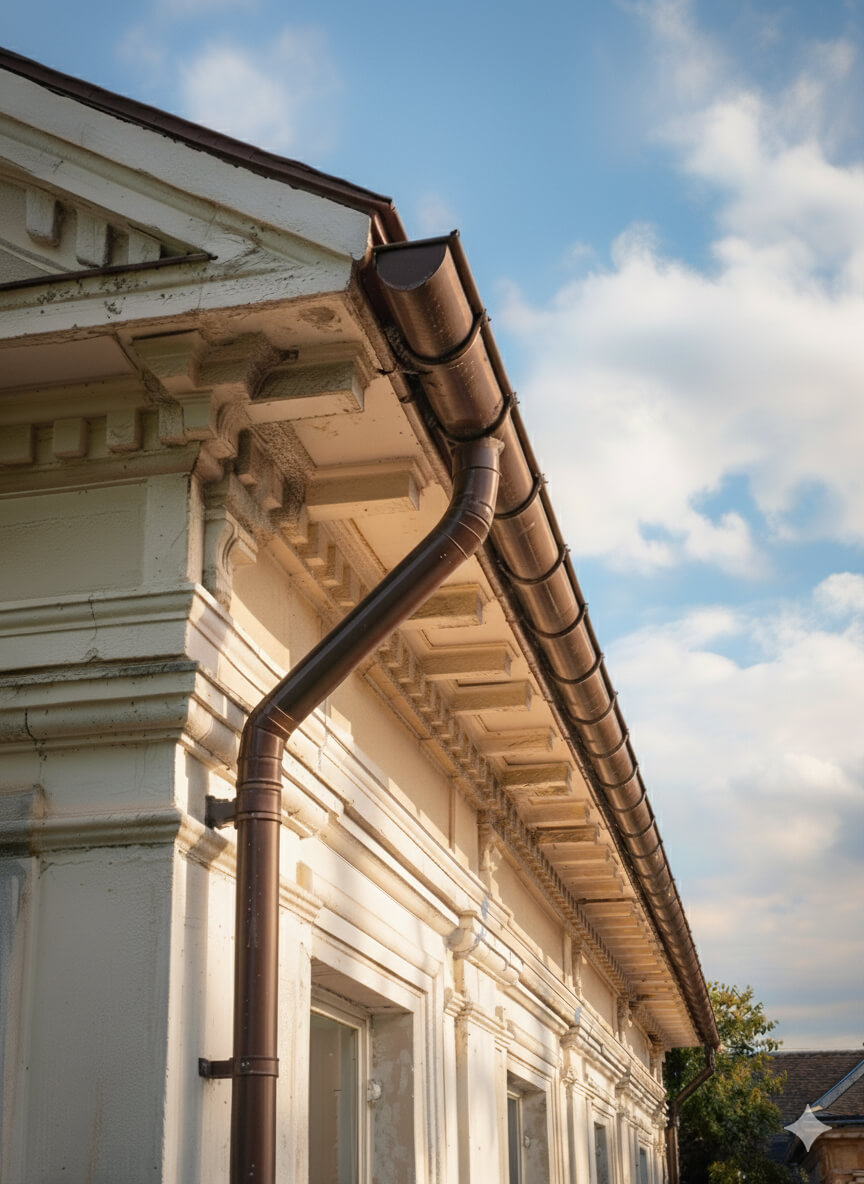

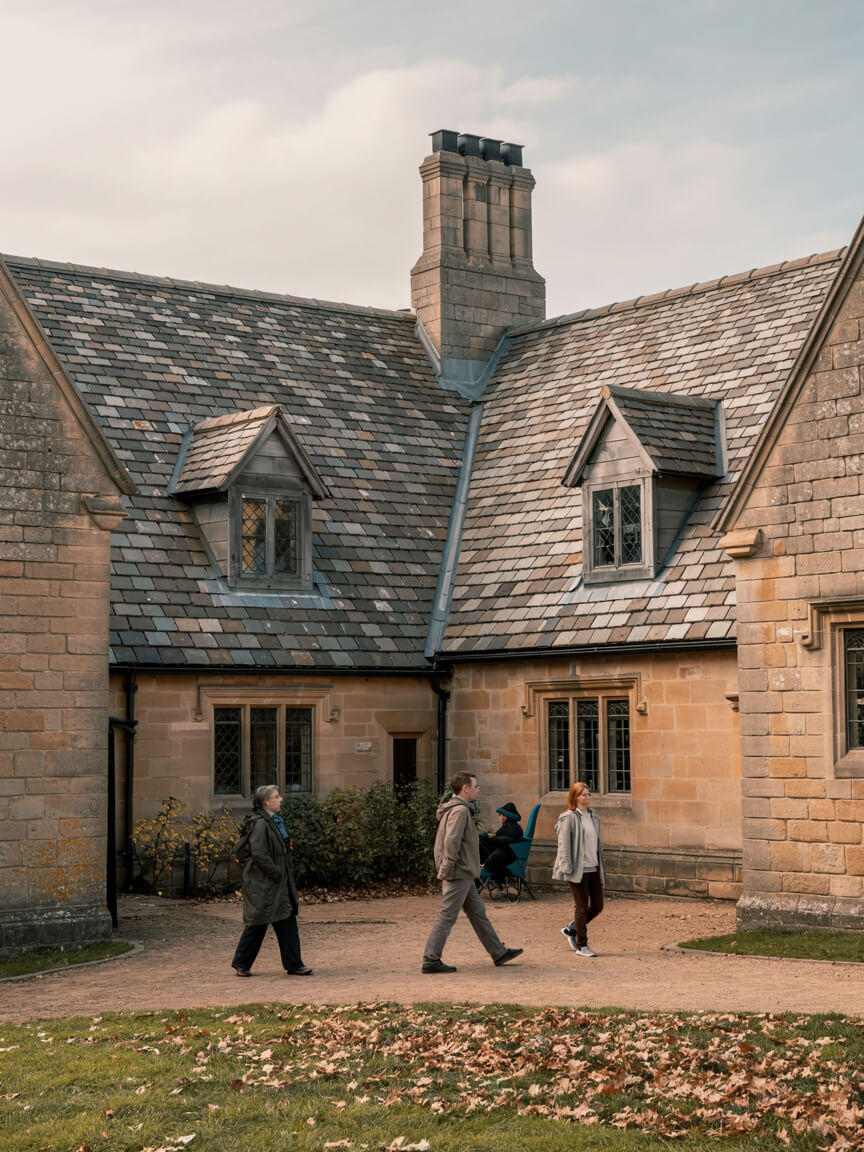
Every Commercial Roofing Contractors SE England project is adapted to property type, roof structure, and environmental demands. Tailoring ensures compliance with regulations, minimises disruption, and maximises long-term value. From homes and businesses to industrial sites and listed heritage buildings, our flexible approach guarantees roofing solutions that meet unique needs while delivering safety, efficiency, and reliability.
Homes, extensions, and listed buildings.
Offices, retail, schools, and hospitality.
Warehouses, factories, and logistics sites.
Every Commercial Roofing Contractors SE England project follows proven steps with quality materials. Whether a new installation, upgrade, or repair, each layer adds durability, safety, and efficiency—tailored to protect your property and meet regulatory standards.
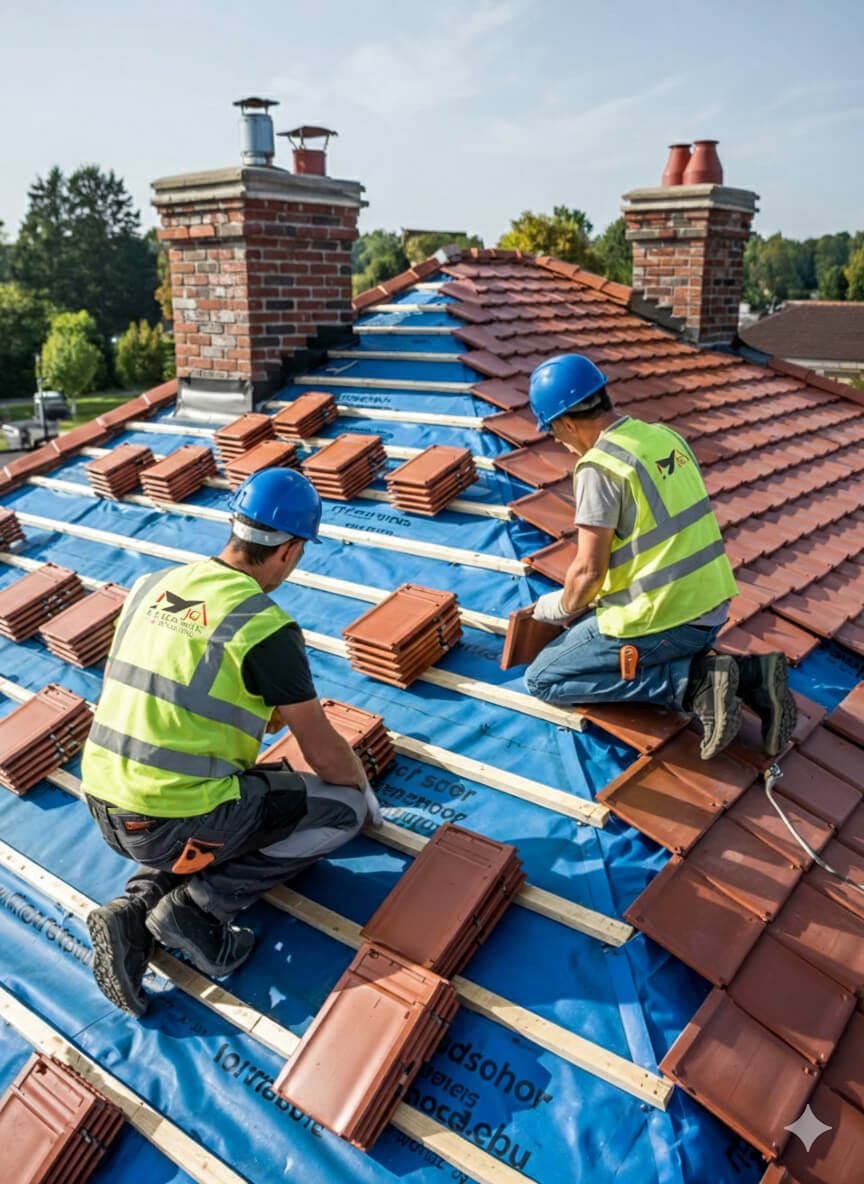
Get a free, no-obligation quote today.
Our experts are standing by to help you choose the perfect flat roofing solution.
⏱ Response within 24 hours guaranteed
Accredited by Which Trusted Trader, CITB, and approved by Kemper and Westwood, our team delivers safe, compliant, and warranty-protected Commercial Roofing Contractors SE England projects. These credentials mean guaranteed standards and long-term assurance—reinforced by the positive client reviews that consistently highlight quality, professionalism, and trust.


Complete reroofing. Living in Singapore at the time and T was super responsive and communicative.
Replacement of lead box gutter and new flashing to parapet wall. I had an excellent experience using James and the team. He was very prompt in all aspects of communication and completed a first class job. Really pleased.
James completed some repairs on our roof and replaced some of our pebble dash by the roof as well. He was very thorough and fixed everything. He kept us really informed by taking photos and showing us what he did and keeping us updated. It also went onto our neighbours roof and he did the same fo...
We had a leak in our bedroom and James fixed the roof for us to stop it from leaking. All the work came with a warranty. The work that was carried out was good. James and his team were polite, and did all the work quickly and without too much interruption to our day-to-day lives. Would recommend ...
J G Leadworks have repaired and replaced the roofs and gulleys over our warehouse and workshops which have meant both areas are now watertight
James and team were incredibly responsive to my request to look at a serious leak issue on my flat roof. They did a very thorough investigation and explained in detail the issue and gave a fair quote. They were quick to book in and complete the work and have checked in afterwards a few times to m...
James was quick to respond to the initial contact and was able to work around some time constraints I had. He explained what needed doing clearly and was happy to answer follow up questions. He took pictures to show each stage and I feel confident in the work that was done by James and the team. ...
JG Roofing were very easy to work with. Their quote was sensible and they stuck to that figure. They completed many repairs to my roof including, rebuilding a leaded gutter, reinforcing rotten rafters, rebuilding a long felted gutter and felting parapet walls, resurfacing and felting a flat roof,...
Planning and legal checks protect clients from costly errors, delays, and non-compliance, ensuring roofing projects meet regulatory and safety requirements.
Permission is typically required for listed properties, conservation areas, or major roof alterations. All projects must also satisfy Building Regulations, including Part A (structural safety) and Part L (energy efficiency), ensuring compliant and future-proofed installations.
Our team manages the full process, from initial surveys to legal guidance, preparing documentation, and liaising with local authorities where needed. Whether working on modern homes or heritage sites, we ensure every project is delivered legally, safely, and with minimal disruption—providing complete reassurance and peace of mind to property owners.

Every project unites skilled workmanship with rigorously tested materials.
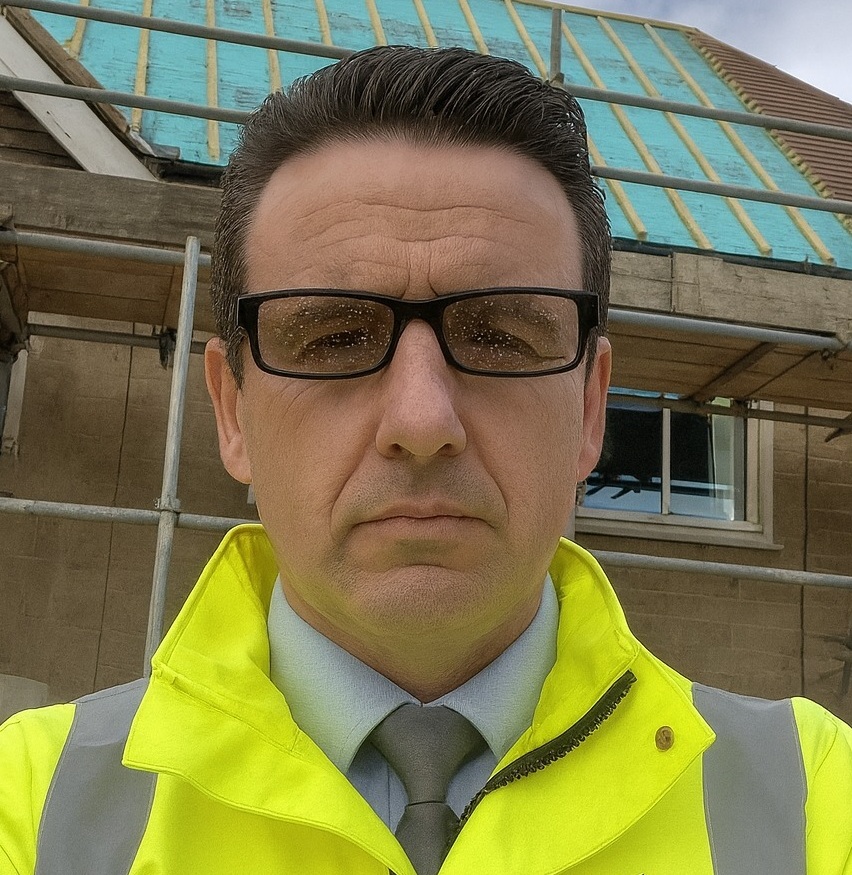
With 25 years of experience in lead sheet roofing, James is a trusted expert in heritage roofing, slate, and tiling. His knowledge of traditional methods, paired with modern compliance, makes him a go-to specialist for projects that demand both craftsmanship and durability.
Commercial Roofing Contractors SE England provides lasting protection, efficiency, and value, delivering durable, compliant roofing solutions that safeguard every type of property investment.
Selecting Commercial Roofing Contractors SE England involves balancing durability, budget, compliance, and aesthetics to secure the best-fit roofing solution for your property.
Why Clients Choose JG Leadwork and Roofing
With decades of trade experience, our teams understand the unique demands of London and Home Counties roofing. From heritage-listed properties to contemporary extensions, we adapt solutions to local regulations, weather conditions, and architectural styles with precision.
Accredited by Which Trusted Trader, CITB, and approved by Kemper, Westwood, IKO, ALM, and other leading suppliers.
These credentials guarantee safety, compliance, and access to manufacturer-backed warranties, giving clients peace of mind that their project meets the highest professional standards and benefits from warranty protection.
Our heritage projects use Welsh Slate and handmade clay tiles for authenticity, while leadwork is delivered to Lead Sheet Association (LSA) standards. Commercial installations employ Kemper and Westwood liquid systems for durability and efficiency. Each example demonstrates our reliability, blending traditional craftsmanship with modern performance.
Our workforce includes skilled roofers, heritage specialists, and safety-certified installers.
Every roofer holds NVQs, receives ongoing CPD training, and is qualified in both modern flat systems and traditional techniques, including slate and leadwork.
Team structure ensures projects run smoothly—surveyors identify needs, installers deliver with precision, and supervisors oversee compliance. This approach minimises disruption, accelerates timelines, and guarantees consistent quality across residential, commercial, and industrial roofing projects.
Every project is regulation-compliant, warranty-backed, and focused on long-term results.
Client testimonials and case studies confirm our track record, with projects praised for professionalism, durability, and customer support.
We go beyond installation with aftercare packages, maintenance support, and open communication at every stage. Property owners gain reassurance that JG Leadwork and Roofing stands behind its work. Book a free survey today and discover why homeowners, landlords, and businesses trust us with their roofing.

Get a free quote, rapid response, and expert service across London and the Home Counties. Contacting JG Leadwork and Roofing is your simple first step to dependable roofing solutions.
We source materials from leading suppliers including Supreme and IKO felt systems, Kemper, Westwood and Proteus liquid systems, Welsh Slate, handmade clay tiles, ALM Lead Mills, and Nicholson Air Track. These trusted brands guarantee durability, compliance, and warranty-backed performance across flat, pitched, heritage, and commercial roofing projects.
.
.
For homes, Commercial Roofing Contractors SE England safeguards comfort and enhances kerb appeal with durable, energy-efficient systems. Whether modern extensions or traditional pitched roofs, tailored solutions improve living standards and protect property value.
For businesses, Commercial Roofing Contractors SE England delivers cost-effective, large-scale installations with minimal disruption. Projects are planned around operations, with safety compliance, energy performance, and flexible scheduling built in—supporting offices, retail, schools, and industrial facilities with reliable, regulation-ready outcomes.
For heritage properties, Commercial Roofing Contractors SE England combines authentic materials such as Welsh slate, handmade clay tiles, and ALM lead with skilled conservation techniques. Listed building consent and conservation requirements are fully managed, ensuring traditional character is preserved while integrating modern weatherproofing. This careful balance provides long-term durability without compromising historic integrity or aesthetic value.
JG Leadwork and Roofing delivers Commercial Roofing Contractors SE England across housing, commercial, heritage, and public sectors. Every industry comes with unique requirements, from safety and compliance to efficiency and conservation. Our adaptability ensures projects are delivered with precision and professionalism—whether safeguarding homes, supporting business continuity, preserving history, or protecting critical public and healthcare facilities.
Durable roofing installed with minimal disruption, ensuring safe, regulation-compliant workspaces for staff and visitors.
High-standard, compliance-focused solutions protect community facilities while meeting strict safety and regulatory obligations.
Heavy-duty roofing tailored for wide spans, ventilation, and long-term maintenance efficiency.
Authentic materials and sensitive methods preserve historic character while adding modern protection.
Weatherproof systems that enhance kerb appeal and guarantee uninterrupted trading for outlets.
Tailored roofing improves guest comfort, safety, and ambience across hotels, restaurants, and venues.
Safe, durable systems designed for schools and universities with minimal learning disruption.
Specialist roofing solutions built for hygiene, safety, and regulatory compliance in medical environments.
Our team of NVQ-qualified roofers, LSTA-trained specialists, and health & safety-compliant professionals bring decades of combined experience. Every project is delivered with meticulous attention to detail, ensuring safe practices and consistent quality across flat, pitched, heritage, and commercial roofing disciplines.
Expertise includes heritage leadwork, slate and tile roofing, modern flat systems, and drone-assisted roof surveys. Ongoing CPD training ensures adaptability to both traditional craftsmanship and the latest innovations—giving clients confidence that every roof is built or repaired with proven skill and care.

A thorough survey highlights existing issues, structural considerations, and upgrade opportunities, ensuring the best-fit solution is identified from the very beginning.
Transparent, itemised quotes detail costs, timelines, and materials—giving you complete clarity and confidence before work starts, with no hidden surprises.
Scaffolding, access solutions, and robust safety measures are put in place to safeguard both property and people throughout the project.
Skilled roofers complete the work using accredited materials and proven techniques, delivering durable, compliant results while keeping disruption to a minimum—whether for repairs, replacements, or new installations.
Each stage is inspected against manufacturer standards and Building Regulations, with photographic documentation provided for transparency and peace of mind.
Each stage is inspected against manufacturer standards and Building Regulations, with photographic documentation provided for transparency and peace of mind.
In a competitive roofing market, many providers look the same on paper. JG Leadwork and Roofing stands out through proven expertise, accredited methods, and specialist techniques. Our combination of traditional craftsmanship and modern technology makes us the safer, smarter choice across residential, commercial, industrial, and heritage projects.
In a competitive roofing market, many providers look the same on paper. JG Leadwork and Roofing stands out through proven expertise, accredited methods, and specialist techniques. Our combination of traditional craftsmanship and modern technology makes us the safer, smarter choice across residential, commercial, industrial, and heritage projects.

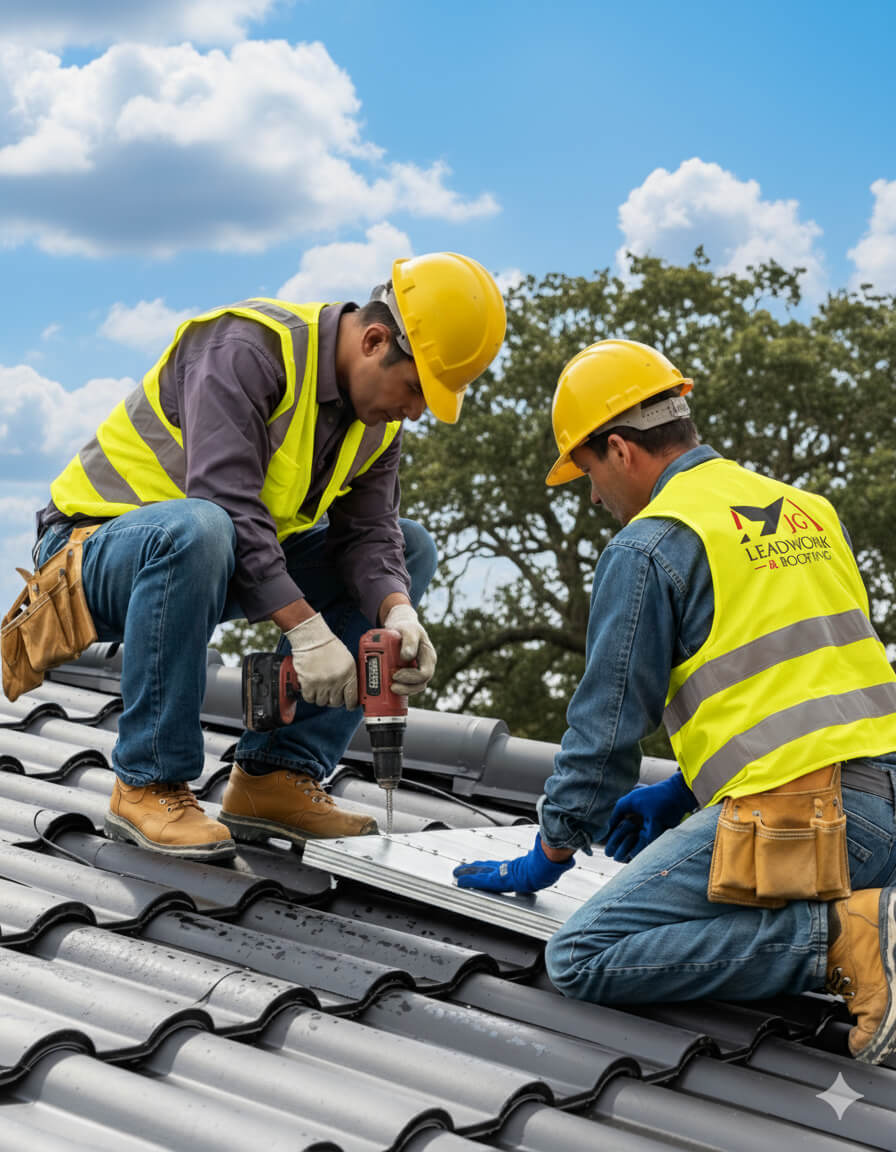
At JG Leadwork and Roofing, every project follows a structured QA process. Each stage—materials, installation, safety, and final sign-off—is measured against manufacturer specifications and UK Building Regulations to ensure durability, compliance, and warranty-backed performance across all roofing services.
Projects are only signed off once all QA checks are complete, giving clients confidence in long-term performance, structural safety, and insurance-backed peace of mind.
Every Commercial Roofing Contractors SE England project by JG Leadwork and Roofing is delivered in strict alignment with UK Building Regulations and recognised frameworks. This ensures structural safety, energy efficiency, durability, and protects warranties and insurance coverage across residential, commercial, industrial, and heritage properties.
Clients can be confident their project is completed legally, safely, and insurance-ready—delivering long-term performance, compliance assurance, and complete peace of mind.
Property owners often wonder about Commercial Roofing Contractors SE England—from costs and timescales to permissions. Below, you’ll find straightforward, trustworthy answers to the most frequent and practical queries.
Heavy rainfall is the most common real-world test of a roof’s performance—exposing weaknesses from design, materials, or maintenance. For property owners and industry professionals, leaks are a major concern due to the risk of mould, interior damage, loss of thermal performance, and costly structural repairs. Understanding the underlying causes can help you identify vulnerabilities before they escalate, ensuring better asset protection and compliance with insurance requirements.
Many modern commercial and industrial roofs—particularly flat systems—rely on a waterproof membrane such as felt, EPDM, or bitumen to prevent rainwater ingress. Over time, UV exposure, foot traffic, ponding water, and freeze–thaw cycles combine to degrade these layers. Small cracks, splits, or pinholes can develop, often along seam lines or at upstands (junctions where the roof meets a wall). Water will exploit these weaknesses, tracking underneath and causing damp patches, ceiling stains, or, in severe cases, visible drips. Left unchecked, persistent ingress leads to rot in any timber substrates and can degrade insulation materials, reducing their effectiveness.
Flashing is the generic term for the metal or flexible barriers fitted at the edges, joints, or penetrations of a roof (such as around chimneys, skylights, or vent pipes). Flashing failure—through corrosion, displacement, or poor initial installation—is among the most frequent root causes of rain leaks. Signs include staining on interior walls near roof junctions, visible gaps or lifting of flashing materials, and a musty smell from concealed dampness. Inadequate sealing or detailing, particularly on parapet walls and abutments, allows wind-driven rain to bypass a membrane via capillary action (when water moves through small gaps, even against gravity), soaking into insulation or structure beneath. Risks range from unseen wood decay to gradual disruption of the bond between roof layers (delamination).
The UK’s climate—with repeated freeze–thaw cycles and periods of intense rainfall—makes some roofs especially vulnerable if not designed and installed with the correct fall (slope) and drainage in mind. Flat roofs with inadequate gradient (less than 1:80 is a common threshold), or where drainage outlets become blocked by debris, experience ponding water—standing water that may remain for several days. Standing water accelerates membrane deterioration and increases risk of leaks at even tiny imperfections. Poor insulation or inadequate ventilation can also trigger interstitial condensation, when warm interior air hits cold surfaces, leading to moisture collection within the roof build-up instead of outside. Current UK Building Regulations (Part L) stress the need for proper insulation and vapour control layers to mitigate this.
Effective leak diagnosis always starts with a visual inspection—look for blisters, punctures, ponding marks, and cracks, especially after heavy rain. For flat roofs, checking upstands and all detailing is vital. Technology adds efficiency: moisture metres pinpoint damp within a build-up, borescopes allow viewing within voids, and thermal imaging cameras reveal hidden areas of trapped water by temperature differential. Drone surveys are increasingly common for large-scale or inaccessible roofs, capturing problems that may otherwise be missed. For persistent, unexplained leaks, a core sample (taking a small section of the roof build-up for lab testing) may be necessary—especially where insulation saturation or membrane delamination is suspected.
| Root Cause | Typical Symptom | Risk if Ignored | Indicative Remedy |
|---|---|---|---|
| Membrane splitting | Interior stains, drips | Rot, insulation failure | Patch/replace membrane |
| Flashing gaps/corrosion | Damp near chimneys/edges | Structural decay | Re-seal or replace flashing |
| Ponding water | Pooled water post-rain | Accelerated wear, leaks | Improve falls/drainage |
| Ventilation issues | Mould, musty odour | Condensation, timber decay | Add/repair ventilation |
Spotting the early warning signs and understanding these root causes empowers you to act before minor problems develop into crises—preserving your property, minimising disruption, and protecting your investment.
Replacing a commercial or residential roof in London is a significant financial and regulatory undertaking. Typical prices fall between £110 and £180 per m² for pitched roofing and £90 to £150 per m² for flat systems, but these figures are only a starting point. Real costs depend on factors such as material choice, compliance with building standards, and unique constraints of London sites. Knowing the real drivers behind these numbers is essential for budgeting accurately, meeting legal requirements, and controlling risk from planning through completion.
London roof replacements combine high labour costs and pricey materials, intensified by strict regulatory standards. Labour is generally 10–20% higher than the UK average due to local demand, safety rules, and a shortage of skilled trades. Material costs escalate for natural slate, bespoke tiles, or specialist leadwork, which are often specified on older or premium properties.
Key cost elements include:
BS 5534 compliance, in particular, adds layers of cost and security: it ensures tiles and slates resist wind uplift, that fixings are correctly specified, and battens meet strength standards—a vital protection given London’s high-density setting.
Choice of materials has an outsized effect on total spend. Natural slate roofs typically cost £150–£200 per m² installed, reflecting both material cost and the premium for skilled installation. Clay tiles are generally £120–£170 per m², while concrete tiles offer the lowest upfront cost at around £110–£150 per m².
When upgrading, you may trigger the need for improved insulation under Part L—which sets minimum standards for thermal resistance. Most pitched roofs must now reach a U-value (a measure of heat loss) of 0.18 W/m²K or better. Achieving this usually means adding new mineral wool or rigid insulation boards at an extra £20–£50 per m². These upgrades not only ensure compliance but also influence long-run operating costs by reducing energy use.
London’s building context often adds cost and complexity:
A structured approach, combining standard cost references and compliance checks, helps avoid overruns and legal pitfalls. Here’s a sample breakdown for a 100m² pitched roof in London:
| Cost Factor | Typical Range | Why it Matters |
|---|---|---|
| Scaffolding/Setup | £2,500–£4,000 | Site safety, tight access, law |
| Stripping/Disposal | £1,200–£2,000 | Legal waste duty, hazardous risks |
| New Tiles/Slates | £7,000–£18,000 | Materials are the main cost lever |
| Insulation Upgrade | £2,000–£5,000 | Required for Part L compliance |
| Skilled Labour | £5,000–£10,000 | Specialist work, regulatory checks |
| **Total Estimate** | £17,700–£39,000 | Before VAT; complex jobs may exceed |
Checklist:
Roof replacement costs in London are shaped by a complex set of regulatory, practical, and material factors. Understanding these levers ahead of time empowers property owners and professionals to set realistic budgets, secure planning consent, and achieve a robust, regulation-ready result.
The duration of a new roof installation is shaped by property type, chosen roofing method, site accessibility, and especially the UK’s variable weather. For homeowners, landlords, facility managers, and heritage custodians, accurate expectations mean better cost planning, fewer surprises, and reduced disruption to daily life or business. Installation windows also impact building safety—leaving a roof open or unfinished can expose the structure to water damage and security risks.
Most commercial and industrial roof installations—whether flat or pitched—are completed within several days to a few weeks. However, larger developments or heritage buildings may require longer schedules, often due to special requirements or regulatory permissions. Factoring in weather, site prep, and material lead-times is essential for reliable forecasting.
The method and complexity of roofing drive expected project lengths:
Several real-world factors shift timeline estimates:
Consistent maintenance minimises risk of expensive future repairs for any roof. Sensible best practice includes:
Routine checks should focus on cracked tiles, torn membranes, slipped slates, blocked drainage, failed flashings, and any moss or algae build-up. Proactive care reduces water ingress, freeze–thaw damage, and supports insurance cover continuing.
| Material | Typical Lifespan | Inspection Frequency | Maintenance Actions |
|---|---|---|---|
| Slate | 80–100 years | Every 5 years | Replace damaged slates |
| Clay/Concrete Tiles | 50–70 years | Every 3–5 years | Re-bed slipped tiles, clear moss |
| Torch-on Felt | 10–20 years | Every 2 years | Seal laps, patch repairs |
| EPDM Membrane | 25–40 years | Every 2–3 years | Inspect seams, clean drainage |
| Liquid Systems | 20–40 years | Every 3 years | Check joints, recoat as needed |
Pitched roofs built with durable materials demand minimal ongoing work—primarily replacing broken tiles or slates and keeping growth at bay. Flat roofs, especially older felt systems, require closer attention to avoid pooling and leaks. Newer membranes like EPDM and coated liquid systems offer longer service lives with straightforward upkeep. Preservation of historic roofing regularly needs input from specialist trades for regulatory compliance and heritage integrity.
Regular, planned maintenance provides better defence against the UK’s climate, lowers costs over time, and extends every roof’s functional lifespan.
When considering a new commercial or industrial roof—or planning significant repairs—it’s natural to seek clarity on costs, warranty strength, and what truly separates reliable contractors. In SE England, price points fluctuate based on labour, materials, building complexity, and compliance demands. Yet the strongest risk protection comes from clear cost breakdowns, robust insurance-backed warranties, and the assurance of skilled, accredited teams—especially for property owners who need predictable budgets and lower long-term exposure.
Commercial roofing costs are shaped by property size, roofing system, material grade, and project demands. Labour and material selection carry the most weight, but site access, insulation upgrades, and regulatory standards matter too—for example, investing in new insulation for Part L compliance increases upfront cost but lowers ongoing energy bills and future risk.
| Service Type | Typical Range (UK) | Key Influences |
|---|---|---|
| Roof Repair | £250 – £1,200 | Damage type, roof height/access, materials |
| Roof Replacement | £5,000 – £15,000+ | Size, insulation, structure, detailing |
Basic repairs—like patching membranes or replacing failed tiles—might stay at the lower end. But hidden damage, rotted timber, or defective drainage can push costs higher. Full replacements require structural checks, insulation upgrades, and durable finishes; the bigger the site, the steeper the final bill. The least expensive quote often risks silent defects—lifetime costs and risk matter more than initial price.
For risk-conscious commercial clients, a dependable roofing contract should include an insurance-backed warranty. These warranties, usually valid for 10–20 years, cover failures in both materials and workmanship, and remain intact even if your contractor ceases trading. This means coverage for water ingress, system faults, and occasionally for specific performance (like membrane lifespan).
Satisfying modern lenders and insurers means meeting Part L compliance—ensuring energy efficiency and insulation now plays directly into property value and insurability. A handshake promise or basic guarantee is not enough; only formal, insurance-backed warranties reliably protect resale prospects and ongoing cover.
Choosing an accredited installer offers more than surface reassurance: it’s a structural risk-control measure. Installers with recognisable qualifications—such as NVQ Level 2/3 in roofing, CITB health and safety, or membership in schemes like CompetentRoofer or Which? Trusted Trader—demonstrate proven expertise and regular third-party audits. This, in turn, helps to ensure your roof passes Building Control and qualifies for the full manufacturer warranty.
Skilled, accredited teams are permitted to issue insurance-backed warranties, drawing on up-to-date training and access to extended guarantees that generic builders can’t offer. The link between qualifications, regulatory compliance, and robust warranty cover is what separates long-term resilience from quick fixes.
Tempting “cheapest-wins” quotes can conceal severe risks: overlaying new materials on decaying decks, skipping structural repairs, or ignoring mandatory insulation and ventilation updates. The outcome? Trapped moisture, early membrane failure, hidden structural decay, and dramatically reduced energy efficiency—all of which invite future insurance refusal or costly remedial work.
Shortcuts often result in:
Owners shoulder the liability for inadequate work—and the cost of putting it right always exceeds the initial “saving.” Investing in a warranty-backed, compliant, expertly installed roof is not simply a project expense: it’s a direct investment in asset protection and reputation.